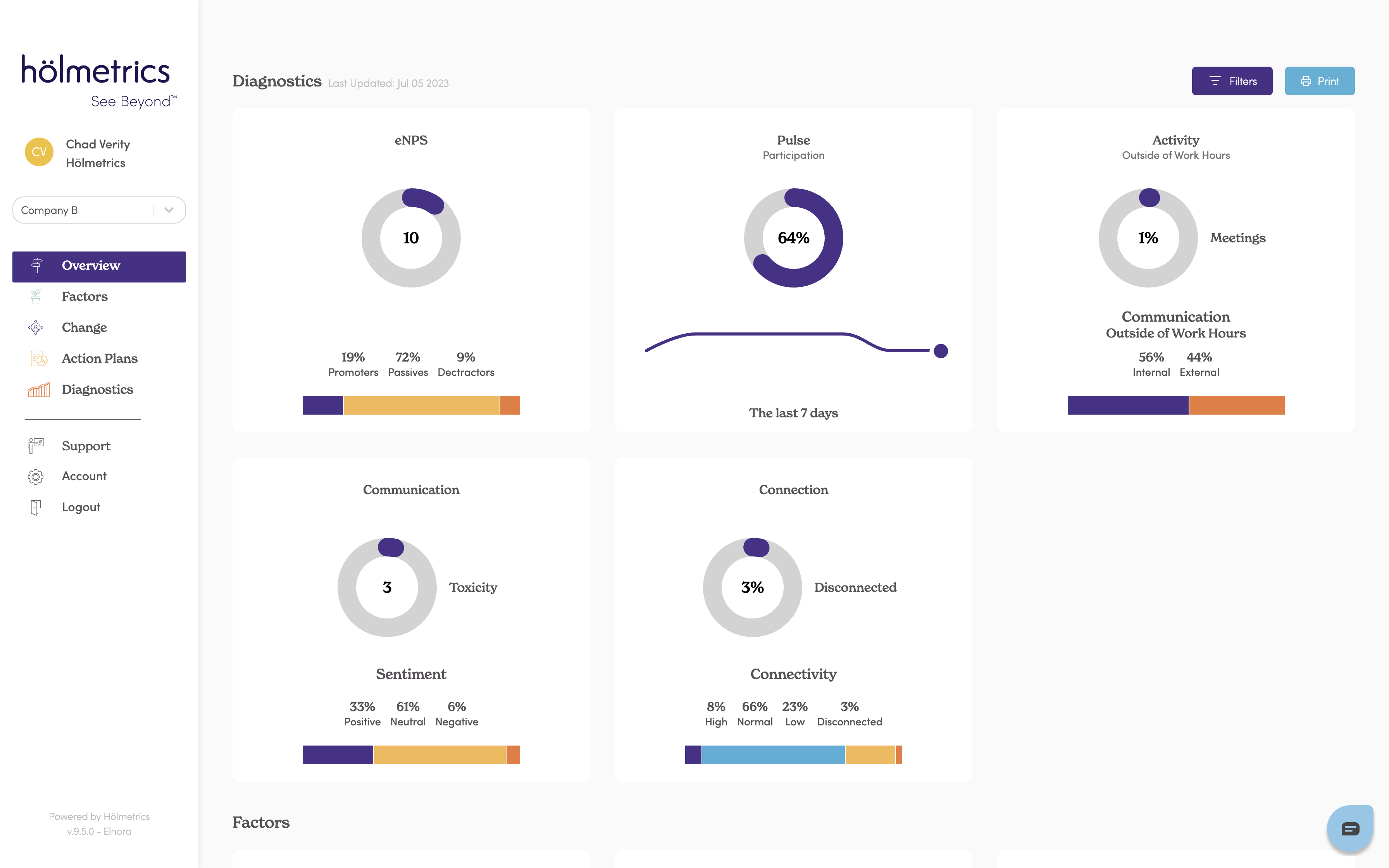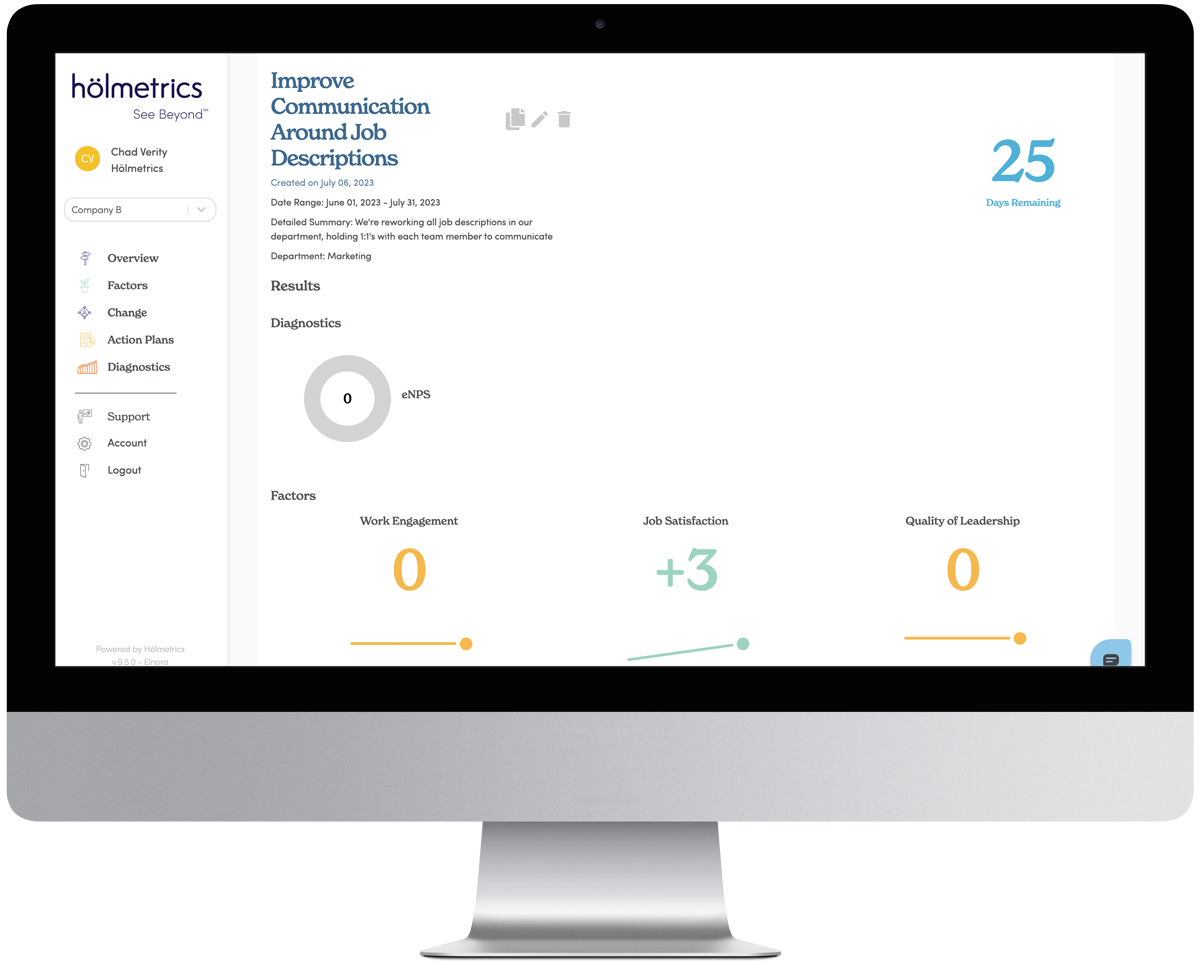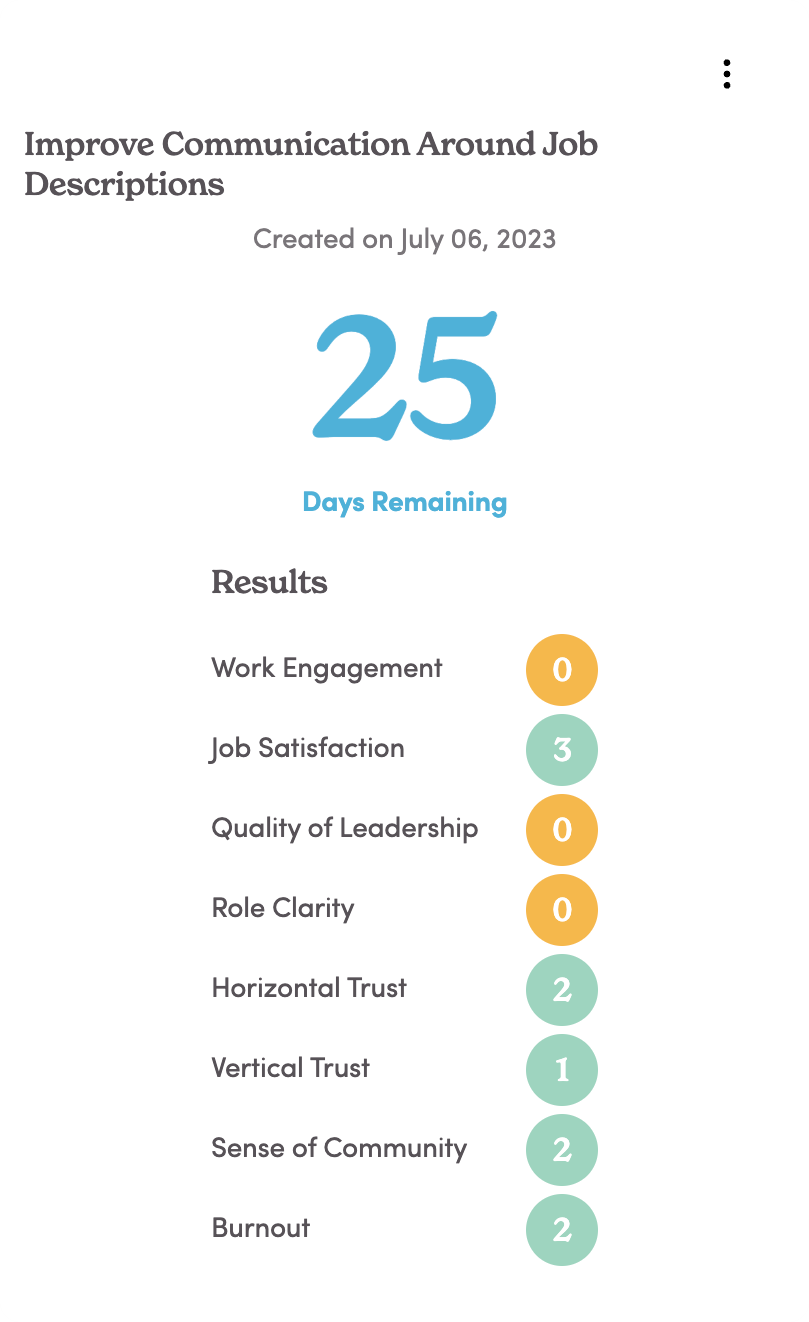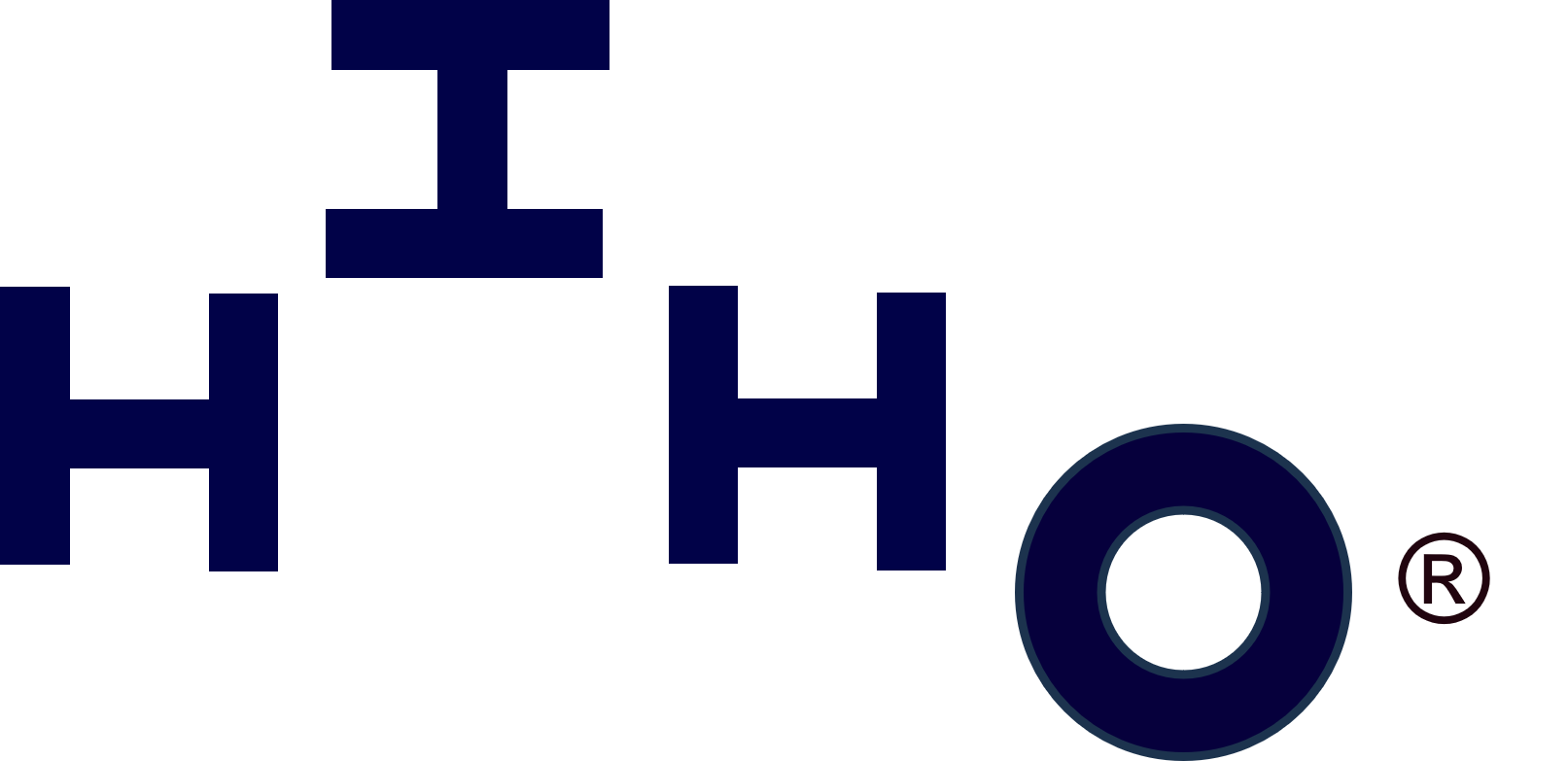Think of this as a wellness check for your workplace culture – we’re looking at overall communication health to make sure everyone has what they need to succeed in an environment they can thrive in.
How HiHo Works
We analyze communication patterns across teams to identify where collaboration is thriving and where teams might need more support – all data is anonymized and aggregated.
Ditch the Stone Age surveys
And find out what’s REALLY going on in your business.

Here’s how HiHo brings your employee listening strategies into the 21st Century.
We plug into the tools your team uses every day so that we can provide you continual insights into…
Employee Wellbeing
People Risk
Organizational Performance
We take tiny pieces of anonymized and grouped information from collaboration software.
HiHo connects to the tools your team uses every day, like Teams, Google, and Slack.
And we gather information on time spent in meetings, messages sent, team chats, and calendar events.
We use Natural Language Programming to extract useful information from these chats and emails without storing the message content.
We ask your team questions
We use HiHo Pulse to train and validate our HiHo Pro models.
Our bank of questions is based on the Copenhagen Psychosocial Questionnaire (COPSOQ) – an internationally recognized indicator of psychosocial risk.
For more on COPSOQ and the questions we ask, head to our product page.
We know how important it is for your team to feel part of the process. When your team members can trace a positive change in your business back to the answers they gave in a survey, they feel valued.
But we also know how hard it is to encourage survey responses. So our machine learning models match a team member’s communication patterns with global COPSOQ responses, and predict how they would answer.
We use machine learning to find patterns and make predictions
We use custom-built machine-learning models to turn all this data into a picture of your organization’s wellbeing.
For Example…
Toxic language is a key indicator of employee burnout and turnover. We use NLP models to identify meaning from chats and emails. Messages are run through the models. The model gives us a score based on the sentiment of the language. And then the message is discarded.
We help you make (and measure) change
Your dashboard is where you find everything in easy-to-decipher visual form.
We help you think big. Enabling you to take a wide overview and find out, in real-time, what’s going on with your team.
We help you think small. Making it easy for you to pinpoint a particular problem.
But HiHo isn’t just a nice-to-have listening platform.
We help you take action with the information you’ve gathered.
One month after deployment, our Platform Activation Specialist will help you build your first corrective action plan. Employees can connect the dots between their input and the changes you’re making. And you can measure the impact of the actions you take through the information HiHo collects.
Everything goes full circle.


